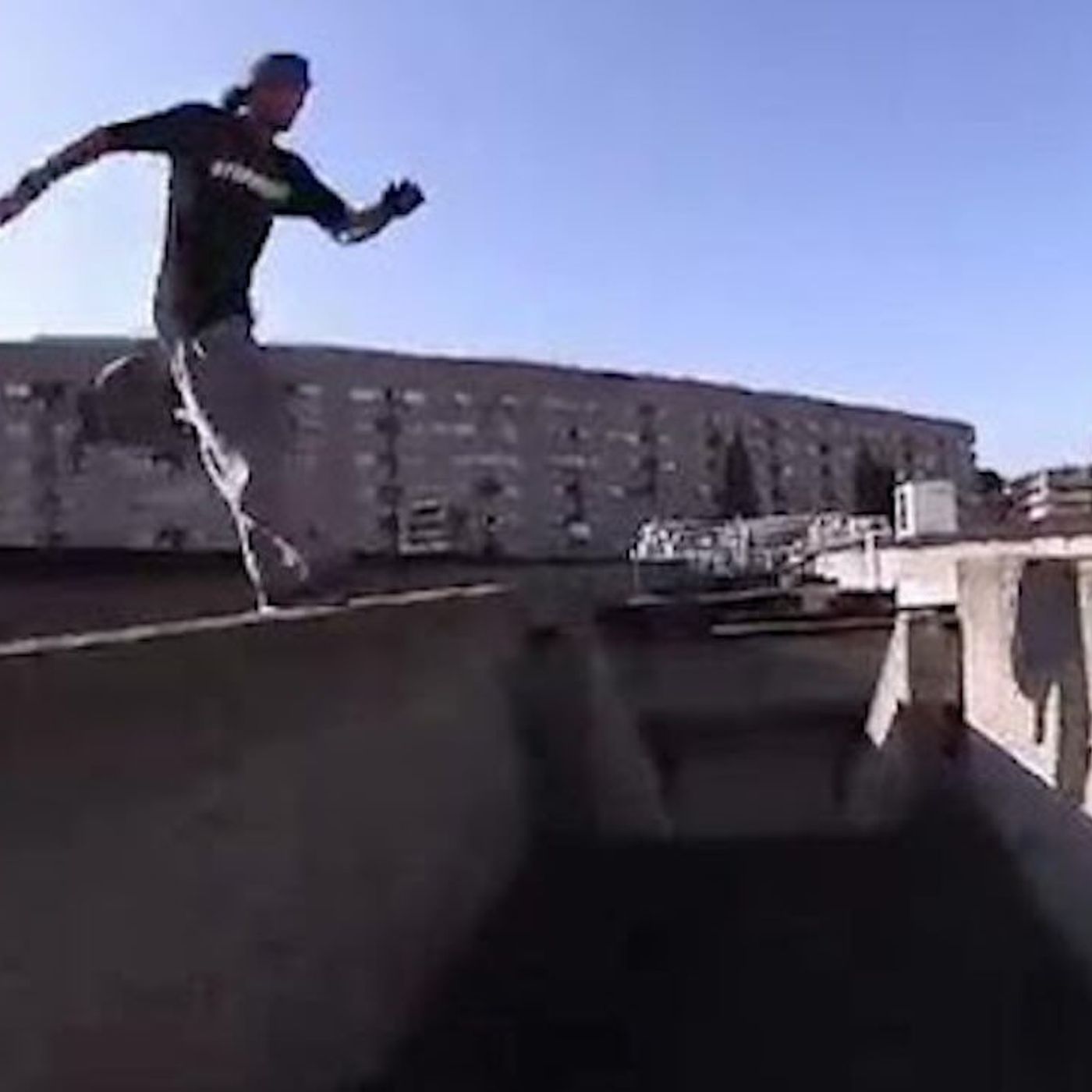Naples – A public construction site, officially active and financed with funds from the National Recovery and Resilience Plan (PNRR), transformed into the scene of horror. It is here, inside the municipal sports center “Luigi Moccia” in a, that Martina Carbonaro, 14, was killed last May by her ex-boyfriend.
And now the young woman's family, through their lawyer Sergio Pisani, has announced a formal request for compensation and is raising serious questions about the management of the site.
"We believe that there are serious responsibilities to be ascertained," Pisani told ANSA. "There were no minimum security measures in that construction site: that's where Alessio found the murder weapon, and that's where he tried to hide Martina's body. An area that should have been protected and monitored, and that instead was completely accessible."
The lawyer made a direct appeal to the Prime Minister, Giorgia Meloni: «We ask for her intervention to understand how it is possible that a public work financed with European funds was in a state of total abandonment. It is unacceptable».
Also strengthening the family's reconstruction is the architect Paolo Sibilio, technical consultant for the civil party. According to his report, the murder occurred in the rooms above the changing rooms of the sports hall, part of the sports complex undergoing renovation work.
“This was an active construction site,” Sibilio explained, “that should have been guarded and inaccessible not only to protect the workers, but also the users of the facility.”
Also at work was criminologist Roberta Bruzzone, who was tasked with providing support to the investigation. The lack of controls, according to lawyer Pisani, played a crucial role. "If the murder was premeditated, that place represented a safe haven for the crime. If it wasn't, the construction site offered the ideal environment: a weapon within reach and no one to check."
Despite the formal requests sent to the Pnrr office by the technician in charge, to date - Pisani reports - no response has been received. A silence that weighs like a shadow on the institutional responsibilities linked to a tragedy that could and should have been avoided.
Martina did not die in an abandoned place, but in a public area that should have represented a stronghold of sport, community and safety. And it is precisely from this contradiction that the family now asks for truth and justice.
Article published by A. Carlino on June 11, 2025, at 14:50 PM











Comments (1)
The article presents a very serious and sad situation, I wonder how it is possible that in a public construction site there were so many safety shortcomings. The responsibilities must be clarified as soon as possible to avoid other similar tragedies.